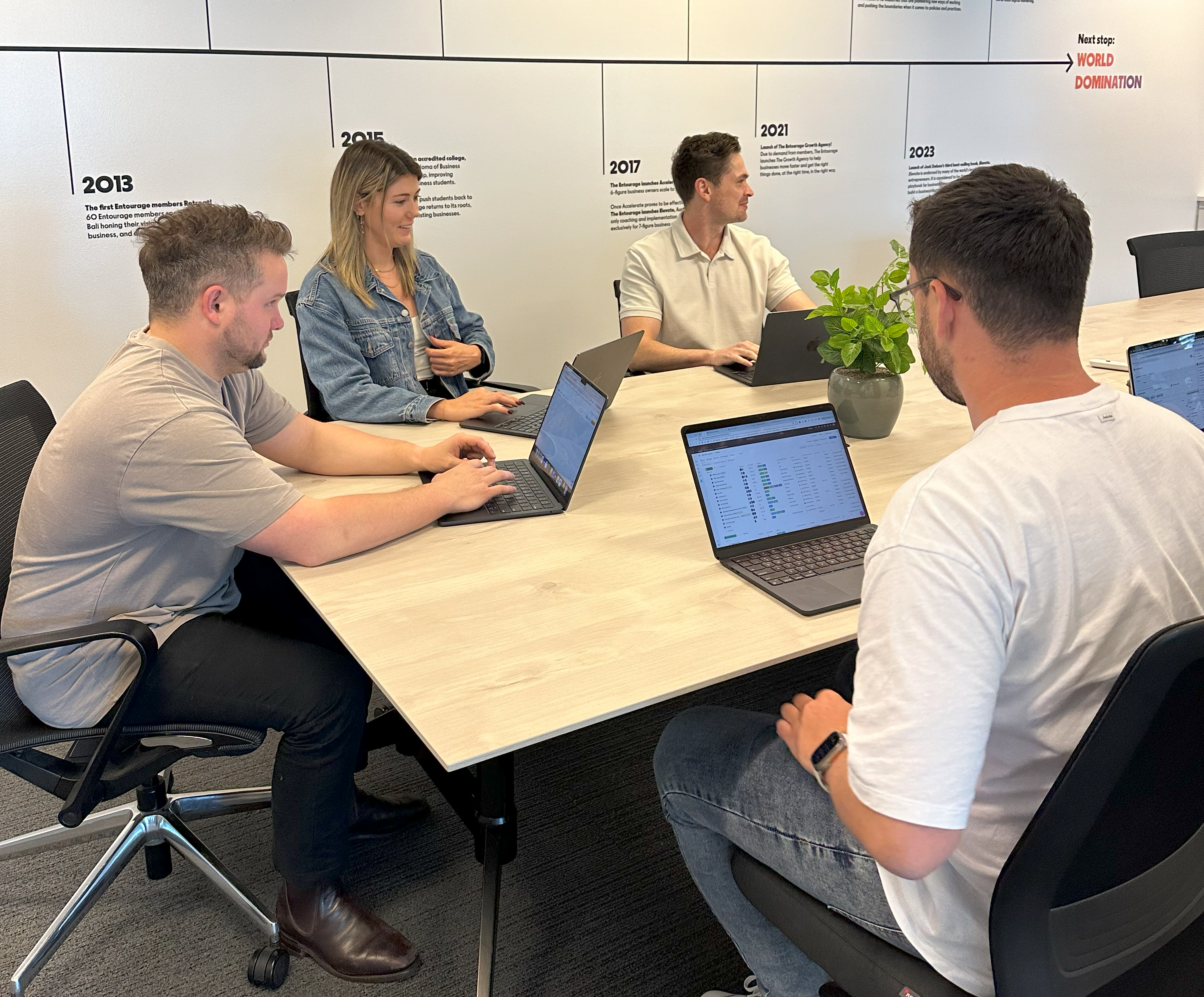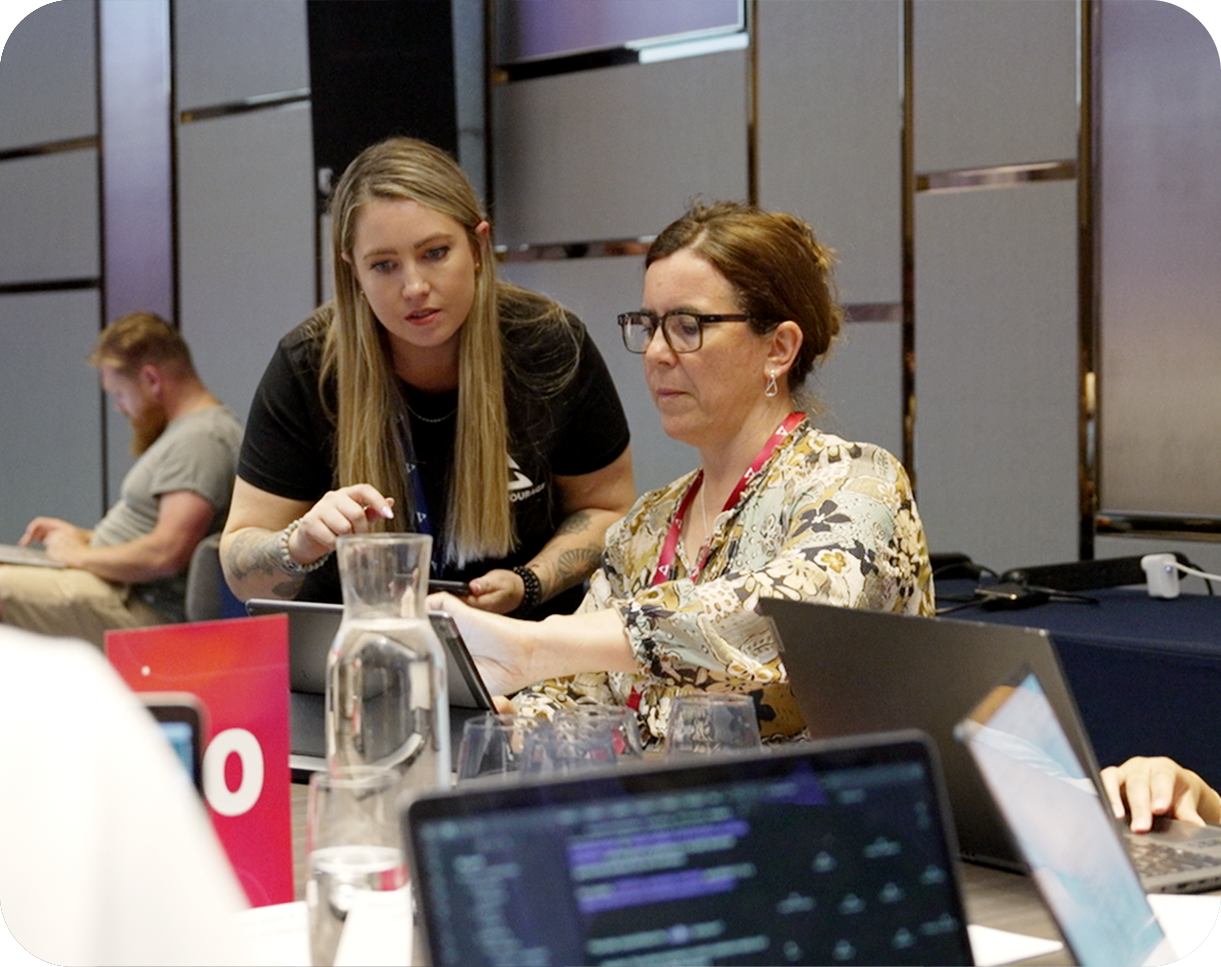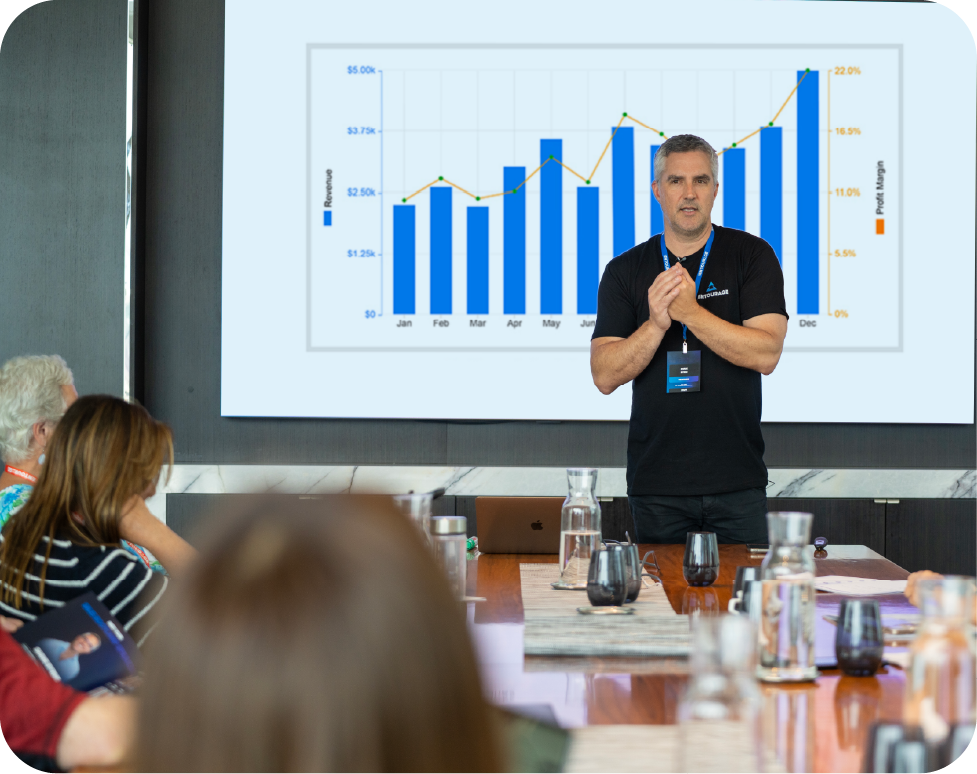The marketing funnel is a fundamental concept to learn if you’re looking to grow your business. The funnel essentially describes the different stages your customer goes through before making a purchase. Typically, it begins with their initial discovery of your product or service and ends with a conversion or previous customer retargeting.
Alongside this, keep in mind that different marketing channels work best for different parts of the funnel. For instance, an SEO-optimised website is vital if you’re looking to build awareness, an autonomous email about an abandoned cart can help drive sales, while a strong call to action on your website can help you turn curious visitors into customers. Today, we’ll cover a few key avenues and audience profiles in your marketing funnel that you may be neglecting and explain how you can use them to optimise your sales strategies and grow your business.
1. Foot Traffic: Out-of-Home Advertising
With the rise of digital marketing, many businesses are neglecting to use traditional strategies like out-of-home advertising. OOH advertising involves using print collateral like corflute signs, wall posters and billboards to build awareness of a brand, product or service. As such, this traditional marketing avenue is most often used at the top of the funnel. Corflute signs are exceptional at capturing people walking by your business who have an interest in your industry. They also help people who are deliberately searching for you to find your store or office, generating a smooth process and positive association with your brand.
There are several crucial factors that separate successful OOH campaigns from those that are less so. One is clear and consistent messaging. You need to use both textual and visual elements to present your value proposition to potential customers. It’s also vital to do this engagingly since most people will only spare a cursory glance at a poster on a wall or a billboard beside the road. Finally, make sure that your tone and imagery are on-brand.
While digital marketing has taken the world by storm in recent years, there’s still plenty of value to be gleaned from more traditional methods, owing to the fact that people spend plenty of time outside. Leverage OOH advertising to build awareness of your business and products.
2. Intent Searchers: SEO Content
Many business owners, even those with a marketing background, struggle with search engine optimisation. After all, many principles apply to SEO. What’s more, the internet is filled with common SEO myths that are often perpetrated by ‘experts’, but in reality, SEO requires consistent work, and there is no magic bullet.
SEO, however, isn’t as mysterious as many seem to think. If you’re just starting out, some basic principles to use include writing high-quality, authoritative content, including relevant keywords and structuring your blog pieces and web pages in a logical way. To target users who are at the start of their search for a solution, focus on creating informative content without placing a big emphasis on directly selling your products and services.
An SEO-optimised website makes your business more discoverable online. It’s another fantastic way to beef up your top-of-the-funnel efforts and build greater awareness. SEO can also be used for other parts of the funnel, as long as you find the right keywords and create valuable content.
3. Previous Customers: Email Remarketing Campaigns
It’s tempting to think that the funnel ends with a purchase, but this isn’t necessarily the case for many industries. Often, the reason businesses experience sales drops isn’t primarily a lack of new customers, but a failure to reactivate existing ones, because you know this cohort of people already has a strong interest in your offerings.
One of the best ways to get lapsed customers to buy again is through targeted email remarketing campaigns. You can set these up by creating a custom audience made up of users who haven’t made a purchase in a specific time span using tools like Mailchimp and Klaviyo. You can then create automated emails for these users. These emails will typically include discount codes and other incentives to buy. Reactivating existing customers is a fantastic way to grow your sales in a cost-effective manner, and email marketing is the primary tool you can use to achieve this goal.
4. The Yet-to-Discover-You Folk: Pay-Per-Click Advertising
Pay-per-click advertising involves running paid ads on Google and on social media platforms like Facebook and Instagram. Many businesses are reluctant to use these sorts of ads because of the costs involved, but when done correctly, they’re a fantastic tool for all parts of the funnel.
To build top-of-the-funnel awareness, run awareness ads. These ads will focus more on brand-building than outright selling. On the other hand, if you want to focus more on the conversion side of the funnel, you can also optimise online ads to target those with a pre-existing interest in your products. If you lack PPC experience and are worried about potentially wasting money, you can always outsource to a marketing agency. While you’ll need to pay some agency fees, you’ll also be placing your PPC efforts in the hands of experts.
5. Connection-Inspired Customers: Direct Selling
Finally, the classic way to convert interest into conversions at the bottom of the funnel is through direct sales. This strategy works particularly well for B2B goods or services, high-value products and people who prefer to know the face behind the product.
Today, there are many ways to conduct direct selling. Door-to-door selling is one tried and true technique that many businesses still utilise. If your company offers B2B products or services, you can also connect with potential clients through sites like LinkedIn and Facebook and try to schedule a pitch or product demo. A strong sales strategy can mean the difference between a cool product and a thriving business, so make the effort to understand your audience's pain points and put together an effective value proposition.
Optimise your Marketing Funnel with these
When it comes to optimising your marketing funnel, you want to consider all bases and audience profiles to ensure you’re directing as many people as possible into your customer journey. Once you consider and account for the demographics and channels that you may be neglecting, you can structure your business strategy around expanding your marketing funnel to include all potential customers.
By knowing precisely how to target certain members of your audience based on where they are in the buying journey, you can effectively move them through the funnel and turn them into paying clients.
Related Categories
Ryan Terrey
As Director of Marketing at The Entourage, Ryan Terrey is primarily focused on driving growth for companies through lead generation strategies. With a strong background in SEO/SEM, PPC and CRO from working in Sympli and InfoTrack, Ryan not only helps The Entourage brand grow and reach our target audience through campaigns that are creative, insightful and analytically driven, but also that of our 6, 7 and 8 figure members' audiences too.





